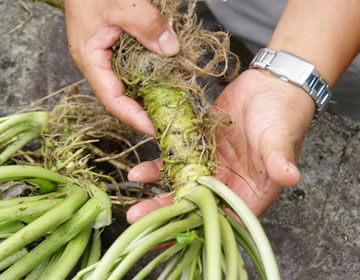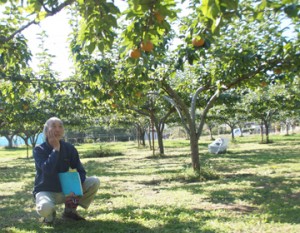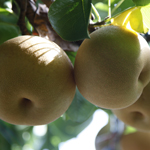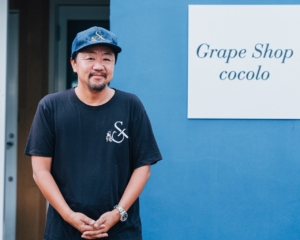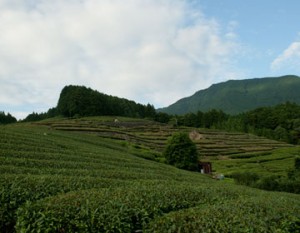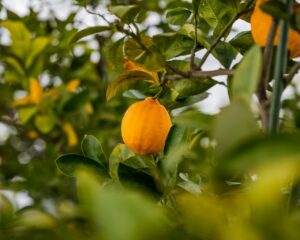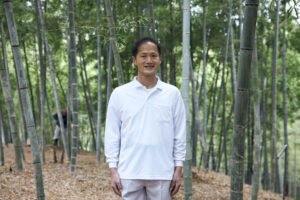Only providing water
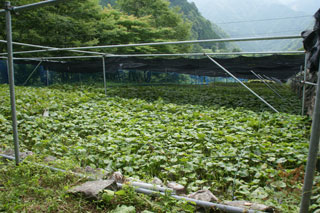
”The most important thing for ”wasabi” is the water. It has to be clear water or the ”wasabi” itself will have a cloudy taste.”
The person which told us this is Masahiro Sugiyama of Sugiyama Farm, whose family has been making ”wasabi” for generations.
”With other vegetables, nutrition is derived by mixing fertilizer into the soil, but nothing should be given to wasabi.
When we harvest like we are doing now, we must be careful not to leave anything such as mud.”
With instruction from Sugiyama, Nakata also plucked the ”wasabi” carefully from the ”wasabi” field where the water flowed.
Some are big as a human face. ”It grows this big!?!” Nakata exclaimed.
Used by famous sushi restaurants in Ginza
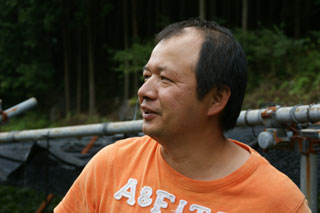
”Yes. There are actually many varieties of ”wasabi”. Some grow very large, and others not as much. Either way, we harvest the ones which have grown for about a year to year and a half. The young ”wasabi” might be spicy, but lacking flavor. If it’s over grown, the green color will not be as beautiful when grated.”
Sugiyama’s ”wasabi” has a high reputation for being not just spicy but also flavorful. He has won the grand prize many times at local contests. His ”wasabi” is shipped to many restaurants including famous sushi restaurants in Ginza.
”Wasabi” has a strong taste near the root and a strong fragrance near the leaves. Even with a single piece of ”wasabi”, depending on where it is grated, the taste is different, so chefs differentiate the taste depending on what they are cooking, he told us.
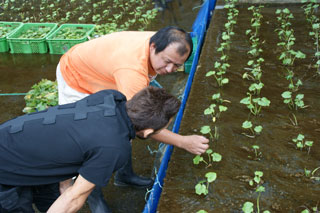
After harvesting, we were treated to Sugiyama’s special dish, ”wasabi rice”. It is a simple dish; warm rice topped with dried bonito flakes topped with a small amount of freshly grated ”wasabi”.
”It’s not too spicy. There is good smell too!” Nakata said surprised. Sugiyama said,
”Actually, ”wasabi” is not intended to pursue spiciness. Good ”wasabi” is one that has proper flavor. Maybe this is the best way to find out how delicious the ”wasabi” is.”
Another popular item at Sugiyama Farm is ”wasabi pickle”. The ”wasabi” is not used in the grated form but the long stem is used.
For this product, ”sake” lees from locally brewed ”sake”, ”Kikusui Daiginjo” from Fujieda, is used. It is a successful fusion of the sweetness of ”sake” lees, and the rich and flavorful spiciness of ”wasabi”. It goes well with ”sake” or with rice. There are many repeat purchasers.



